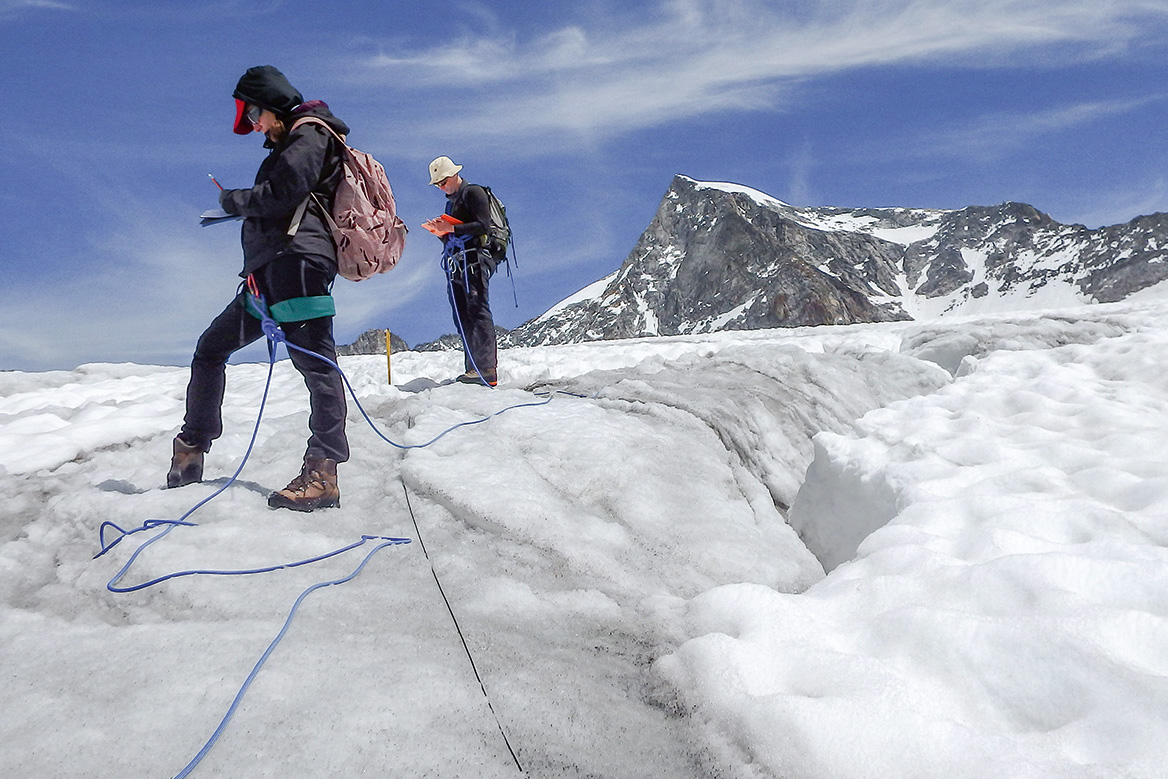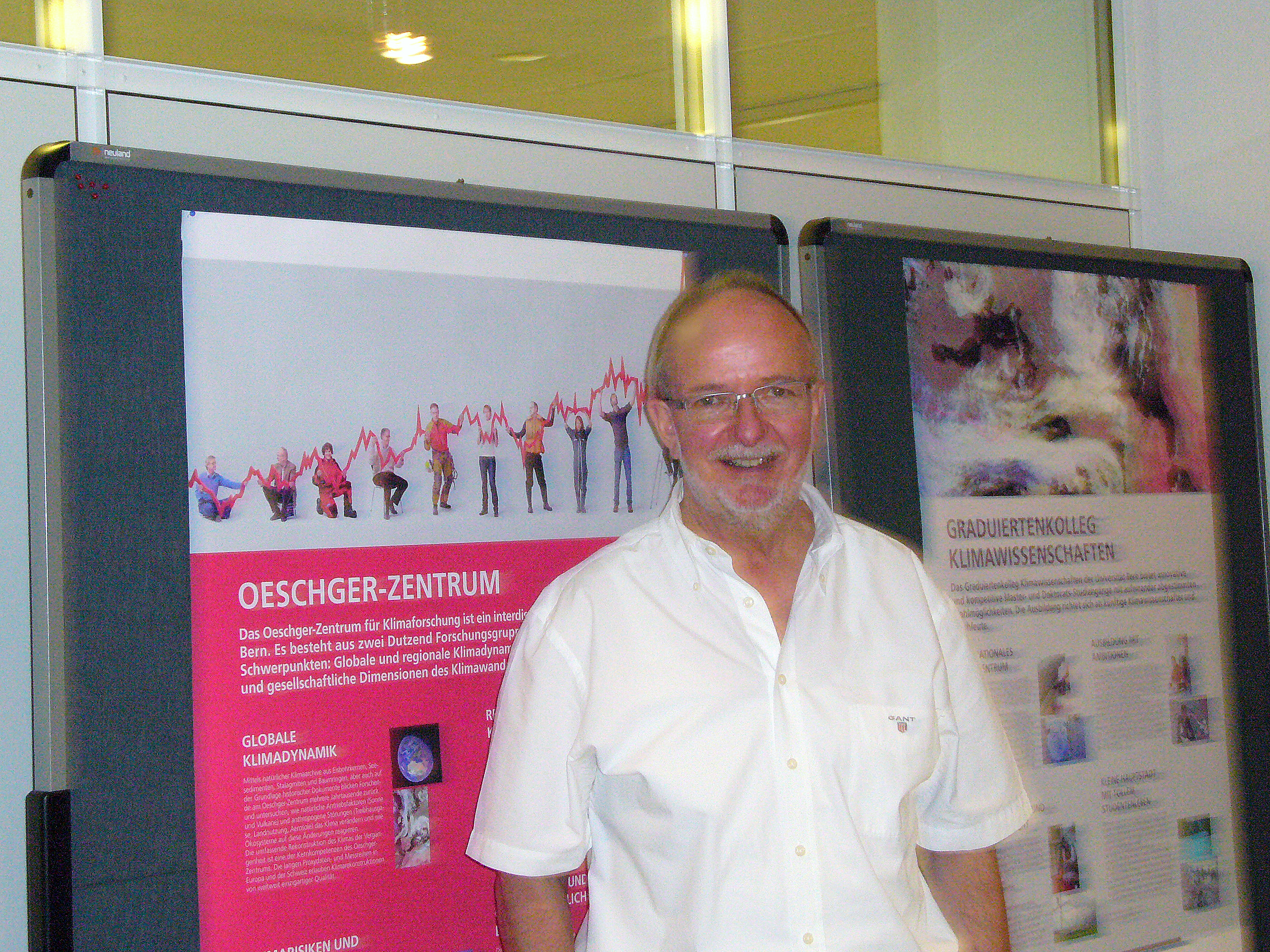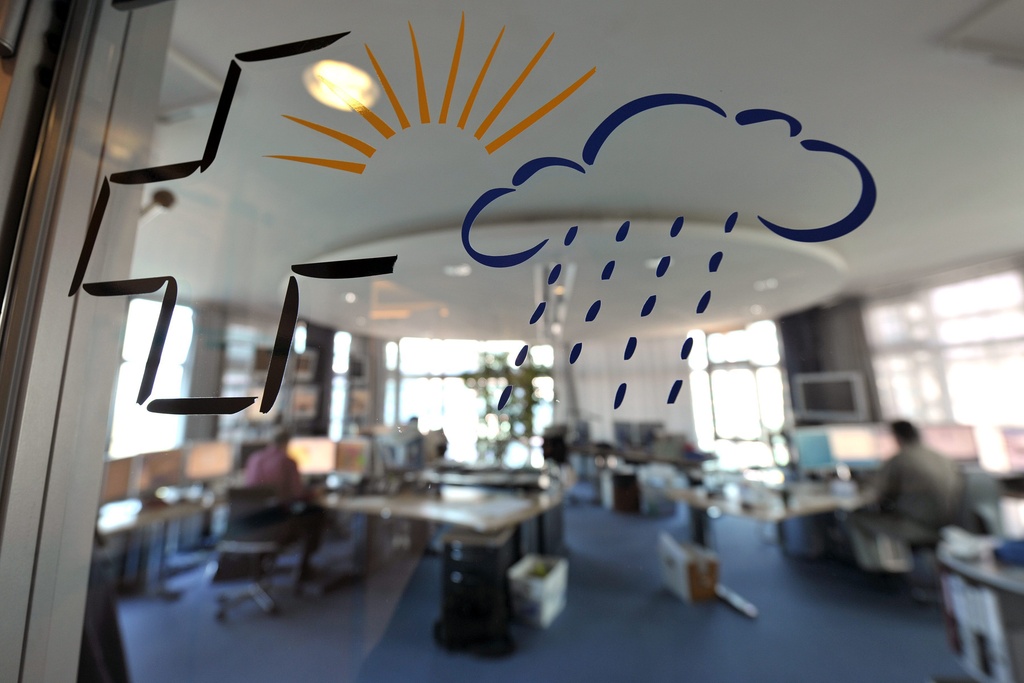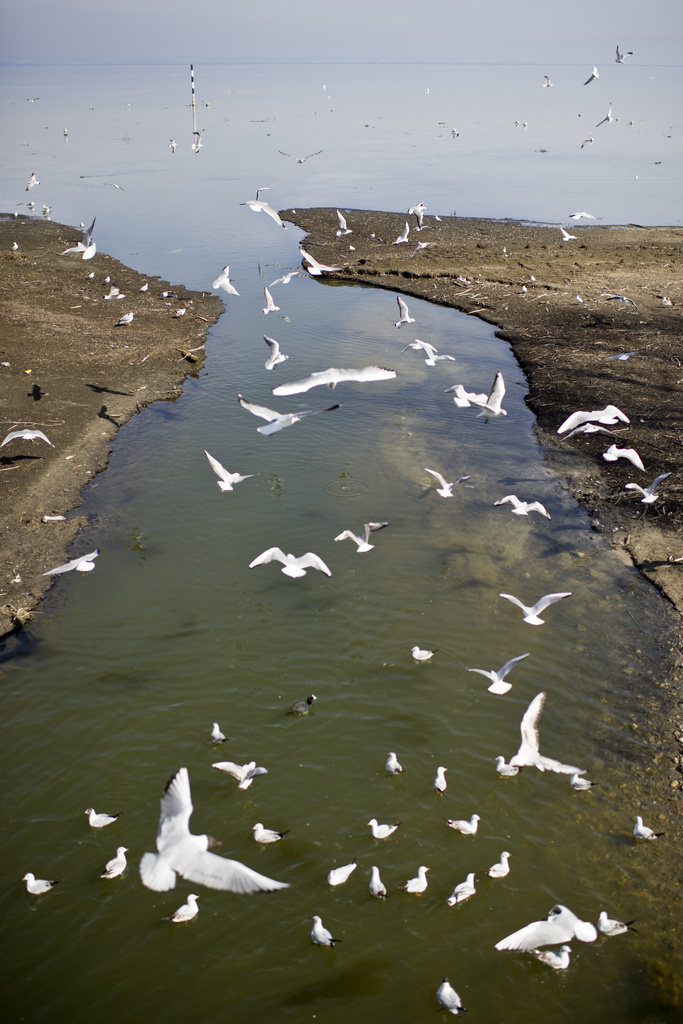
Climate change scenarios confirm warming

Average temperatures and extreme weather events are set to increase in Switzerland, a climate change report has found.
In the best case scenario – supposing a strong reduction in greenhouse gas emissions in the coming decades – temperatures would still rise by nearly two degrees celsius by the end of the century.
In the worst case, average seasonal temperatures would rise by nearly five degrees.
Using a new generation of global and European-scale regional climate models, Swiss Climate Change Scenarios CH2011 presents three different possible effects on temperatures and precipitation resulting from three greenhouse gas emissions scenarios.
It is hoped the report will form the scientific basis for climate change impact modelling for Switzerland.
Presented to scientists and the media at a conference at the Federal Institute of Technology Zurich (ETHZ) on Wednesday, CH2011 is the result of collaboration between the weather service Meteo Swiss, NCCR Climate Swiss Climate Research, the Advisory Body on Climate Change (OcCC) and the Centre for Climate System Modelling (C2SM) at the ETHZ.
CH2011 predicts that should greenhouse gas emissions continue to increase at present levels, seasonal mean temperatures will rise in Switzerland by between 3.2 and 4.8 degrees celsius by the end of the century. Extreme dry weather events in summer would be more likely, although effects on precipitation remain uncertain.
“[In this scenario] there is a tendency towards more warming in summer than in winter and in the regions south of the Alps than in northern Switzerland,” Meteo Swiss researcher Andreas Weigel told the conference.
“We cannot yet predict about precipitation in winter, spring and autumn, but there is a very pronounced signal for drying in summer,” he said.
The second scenario supposes rapid economic growth, an increase in population peaking around 2050 and the rapid introduction of new and more efficient technologies. But even in this case, seasonal temperatures will rise by up to 4.2 degrees celsius by the end of the century and precipitation will decrease by 18-24 per cent.
Extreme events
Under the third scenario, even supposing a 50 per cent cut in greenhouse gas emissions by 2050, temperatures are expected to increase, but stabilise to an annual average warming of 1.2-1.8 degrees celsius with a summer drying of eight to ten per cent by the end of the century.
Because of this, changes in extreme events could be expected, with more frequent, intense and longer-lasting summer warm spells and heatwaves. The number of cold winter days and nights is expected to decrease.
“Projections of the frequency and intensity of precipitation events are more uncertain but substantial changes cannot be ruled out,” the report says. “In addition a shift from solid [snow] to liquid [rain] precipitation is expected which would increase flood risk primarily in the lowlands.”
Uncertainty and consistency
Weigel said factors such as Switzerland’s varying geography contributed to uncertainty about what the effects of climate change would be on precipitation, particularly in the northern alpine regions in winter.
The researchers also pointed out that the climate change scenarios are based on assumptions of greenhouse gas emissions. Climate models and statistical methods will develop significantly in the years to come and more observational data will become available.
“We’re basically saying what will happen if we did certain things,” the ETHZ’s Reto Knutti told swissinfo.ch. “It’s clear that the pathway of future greenhouse gas emissions is very important in particular in the long-term.”
The CH2011 climate change scenarios incorporate data from several international projects.
The findings for Switzerland are generally consistent with previous climate change scenarios released in 2007 and also with large-scale warming predicted over Europe.
Experts say it is significant that the report combines research from several institutions and its aim is to provide a basis for other researchers to do modelling on the effect of climate change on specific industries or environments in Switzerland.
“The idea is that we can have a better assessment of the impact [of climate change] if everybody uses consistent national scenarios so that’s why we really want to open it up to the community,” Isabelle Bey of the C2SM told swissinfo.ch.
Bey said some researchers had already begun using the data to show, for example, the effects of climate change on the Gorner Glacier in canton Valais.
“One study showed that a glacier will melt by the end of the century, so it’s not [just] a doomsday [scenario], [but] it will probably happen within a certainty that we have right now,” Bey said.
CH2011 presents three scenarios for climate change based on three “pathways” for greenhouse gas emissions. The pathways are based on assumptions about global demographic and societal development, energy demand, technological and economic trends, and corresponding decisions that the world is taking now and may take in the future.
Scenario A2 is the first of the “non-intervention” scenarios and assumes greenhouse gas emissions continue to increase at current rates. Under this scenario, seasonal mean temperatures will rise by between 3.2-4.8 degrees celsius in summer, and summer precipitation will decrease by 21-28 per cent by the end of the century.
Scenario A1B is also a “non-intervention” scenario that assumes greenhouse gas emission levels based on very rapid economic growth, global population peaking in mid-century, and the rapid introduction of new and more efficient technologies. In this case seasonal mean temperatures are projected to rise by 2.7-4.1 degrees celsius and precipitation will decrease by 18-24 per cent by the end of the century.
Scenario RCP3PD assumes strong mitigation measures that will stabilise emissions at the atmospheric CO2 equivalent concentration near 450 parts per million (ppm) by the end of the century. This scenario predicts mean seasonal temperatures will rise by 1.2-1.8 degrees celsius and a summer drying of 8-10 per cent by the end of the century.
Uncertainties due to climate model imperfections and natural variability amount to about 1 degree celsius in temperature and 15 per cent in precipitation.

In compliance with the JTI standards
More: SWI swissinfo.ch certified by the Journalism Trust Initiative








































You can find an overview of ongoing debates with our journalists here . Please join us!
If you want to start a conversation about a topic raised in this article or want to report factual errors, email us at english@swissinfo.ch.